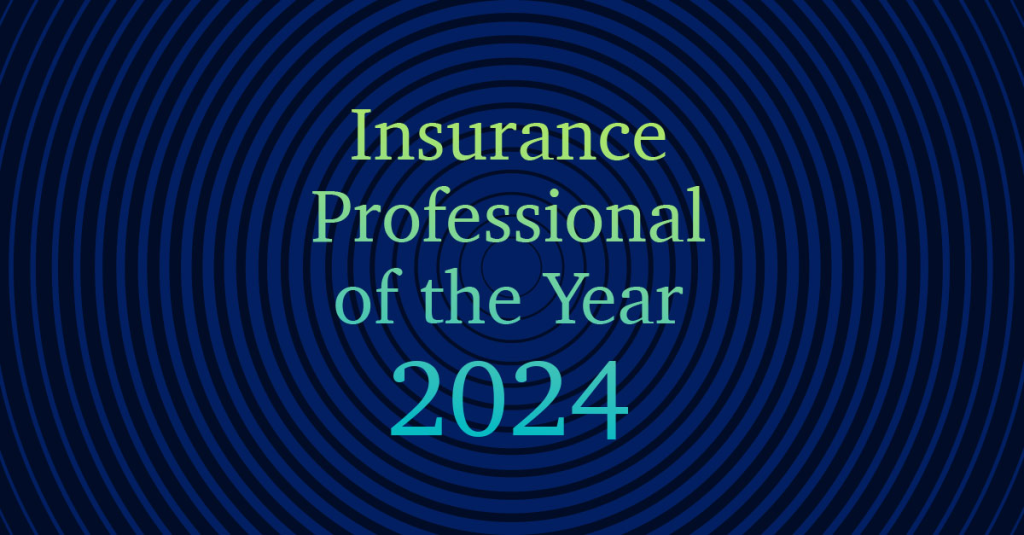The P&C insurance industry has had a checkered past regarding artificial intelligence. Through the years, the industry has experimented with and adopted various forms of AI with mixed success. Over the past decade, increasing use of machine learning for predictive models and RPA for automation has yielded good results, but the industry is still on the front edge of truly leveraging AI. Now we have been thrust into the world of large language models and generative AI. The potential seems enormous, but many are still concerned that it may be over-hyped. The question many are asking now is what is the best way to manage and leverage AI capabilities for competitive advantage?
Today, there are three ways insurance companies are and can leverage the power of AI: automation, augmentation, and action – the three “As.” However, there remain concerns over the use of AI in insurance, including data privacy concerns, ethical issues, and its ability to ensure fair decision-making.
Automation
Robotic processing automation (RPA), chatbots, and natural language processing (NLP) are driving automation across the insurance value chain. There has been widespread usage of RPA and chatbots for many years, with both delivering incredible efficiencies – RPA performing many repeatable tasks and chatbots providing exceptional customer experiences by handling inquiries and other customer requests. In contrast, NLP is still in its early stages, but many carriers use the technology for submissions and FNOL today. Despite how commonplace these technologies are in the industry, concerns remain, including bot governance and customer experience implications.
Augmentation
Carriers are using machine learning and computer vision to augment underwriting and claims by utilizing advanced data and analytics to enhance decision-making, risk assessment, and efficiency. Predictive models play a crucial role in evaluating risk, pricing coverage, fast-tracking claims, preventing fraud, and more. Carriers have also found great success in computer vision to assess and estimate auto damage for claims (especially post-CAT) and evaluate property exposures and characteristics during the underwriting process. But challenges remain in data and model management, workflow integration, and an overall high reliance on models.
Action
The technologies mentioned above are rapidly expanding across the insurance industry, with carriers discovering new ways to leverage their use for various actions, including class code identification, policy checking, customer interactions, and more. Emerging generative AI tools are also being used to generate text, documents, and reports, debug code, summarize and analyze text, and interact with people to answer questions and provide information. But of course, these capabilities open the door for potential issues, including fraud, deepfakes, increased cyber risk, and the potential to replace insurance jobs.




